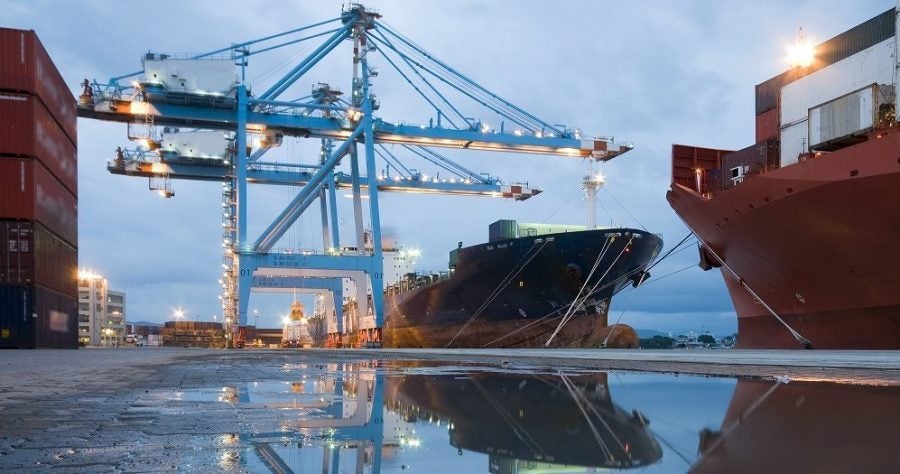A study published in 2013 by the IDB showed that high internal transport costs are a conditioning factor for exports in Latin America. They also encourage the concentration of economic activity and limit regional integration. These high internal transport costs are caused by limited investments in transportation infrastructure, the region’s challenging geography, and the type of goods that it produces.
In this context, the plan put forward by the Pacific Alliance (PA) to establish a regional infrastructure investment fund is extremely promising.
In order to understand the potential effect such a fund could have on the problem of transport costs, a recent IDB study estimated the effects of the PA’s internal transport costs on its exports. To this end, quantitative techniques were used together with detailed data on transport costs, road networks, and exports per municipality for each of the PA member countries (insofar as they were available). The results show that:
- a 1% reduction in transport costs could increase municipal exports by 1.3% in Mexico and 4.5% in Chile,
- each municipality’s probability of exporting would also increase, and
- each municipality would export a greater number of products.
To evaluate these general outcomes, the study also simulates the effect of a specific group of projects for roads, ports, and logistical infrastructure.
The study considered projects that affect the main export routes of PA member countries and that were already being considered or implemented when research began.
Some examples are the River Maipo Bridge (Chile), the Cali-Loboguerrero Highway (Colombia), the Mexico–Toluca Freeway (Mexico), and the Pativilca–Trujillo Highway (Peru). This exercise led to additional outcomes that would not have been detected using traditional investment project evaluation tools:
- these projects would generate a greater growth rate in exports to other PA countries than to the rest of the world, and
- for several countries, these improvements would imply smaller regional disparities in terms of exports.
Additionally, this type of exercise enables projects to be ranked in terms of their direct impact on exports. For example, the four projects mentioned above are the ones that would lead to the greatest increase in exports for each country. The maps below show the road projects that were taken into account (blue lines) and the effects that they would have on each district’s exports.
The results highlight the importance of the interaction between transportation infrastructure, trade, and regional integration, as it has the potential to become either a virtuous circle or a limiting factor. When transportation infrastructure is inadequate, it restricts trade, hampering that aspect of integration. However, regional integration can become a tool that facilitates improvements in infrastructure, favoring trade and furthering integration. In order to incorporate this to the decision-making process of transportation infrastructure projects, detailed, up-to-date data on transport costs is necessary.
If you enjoyed this post, please subscribe and we will send you monthly updates.






Leave a Reply